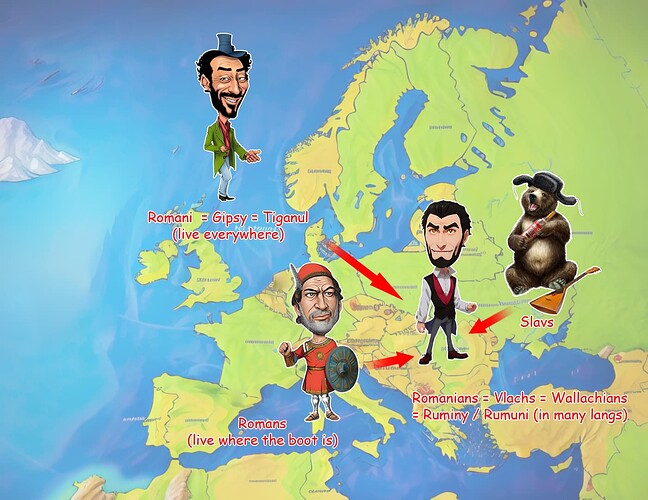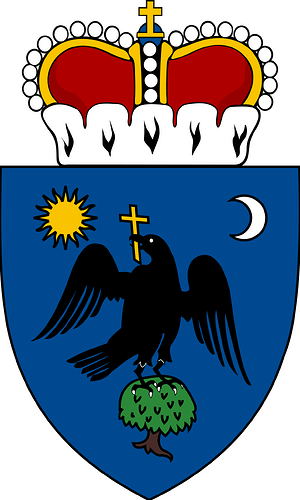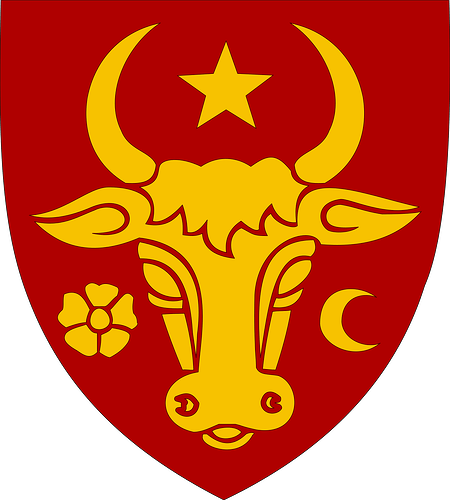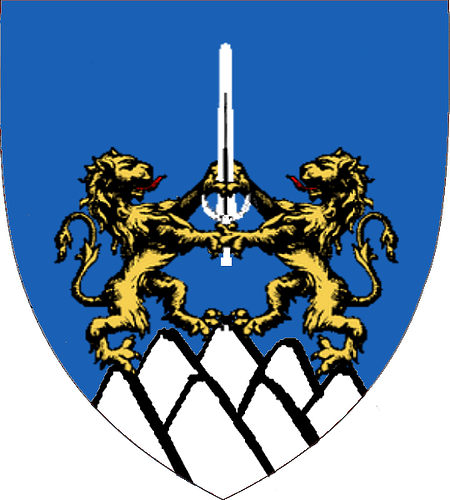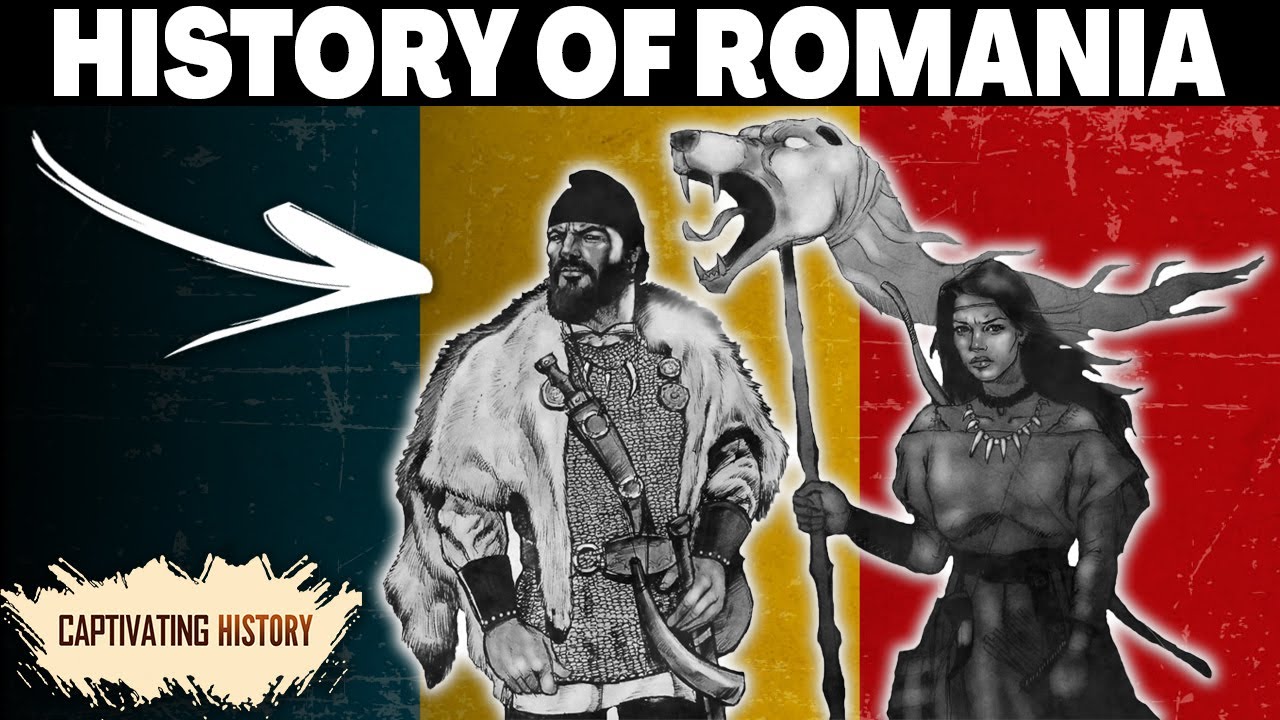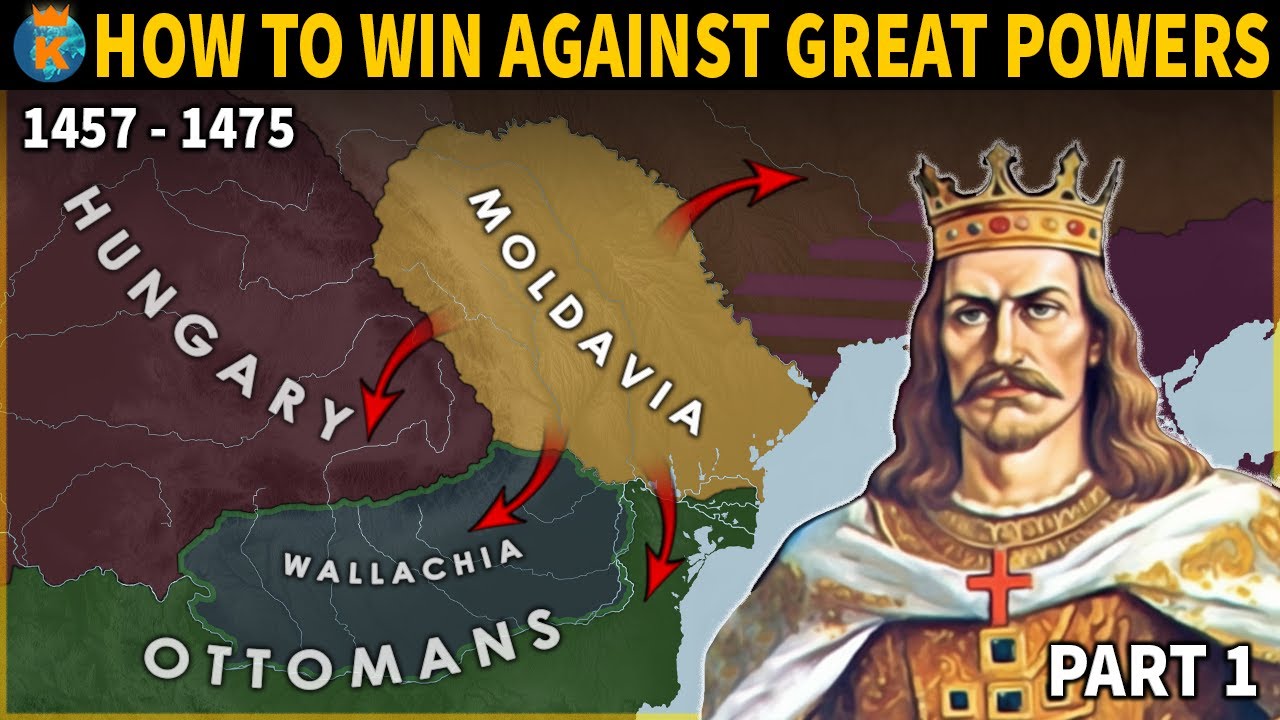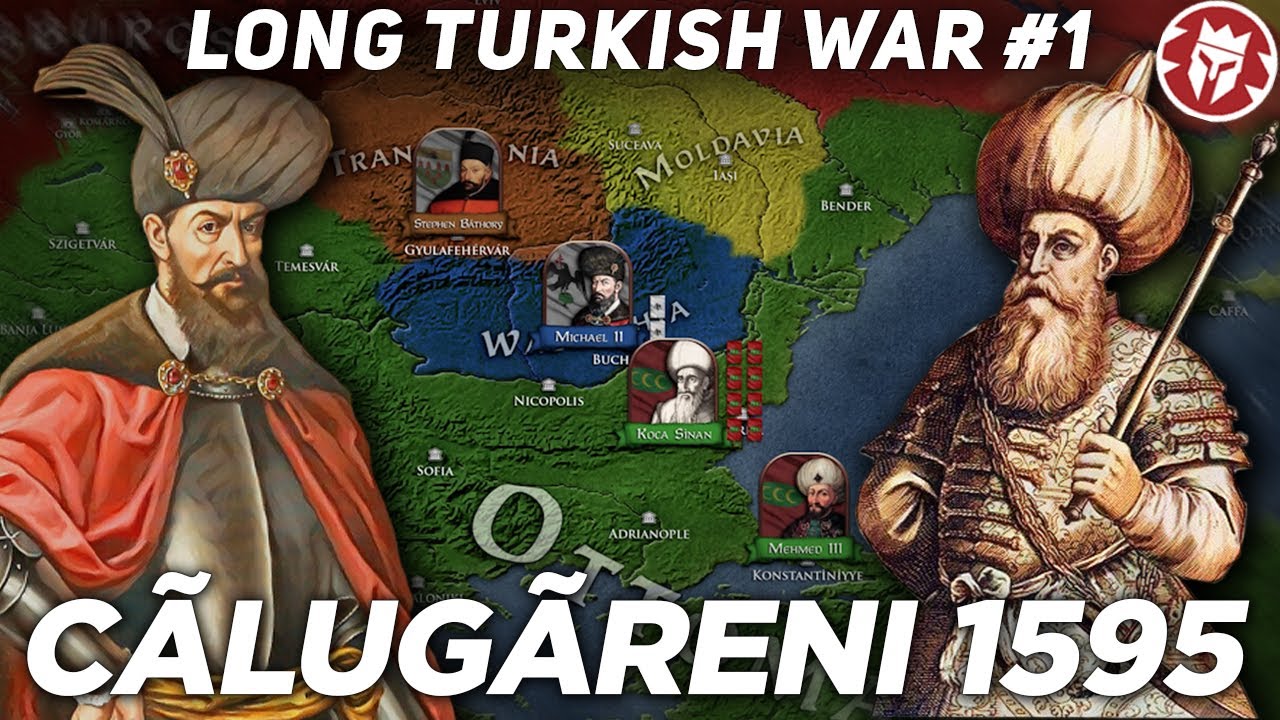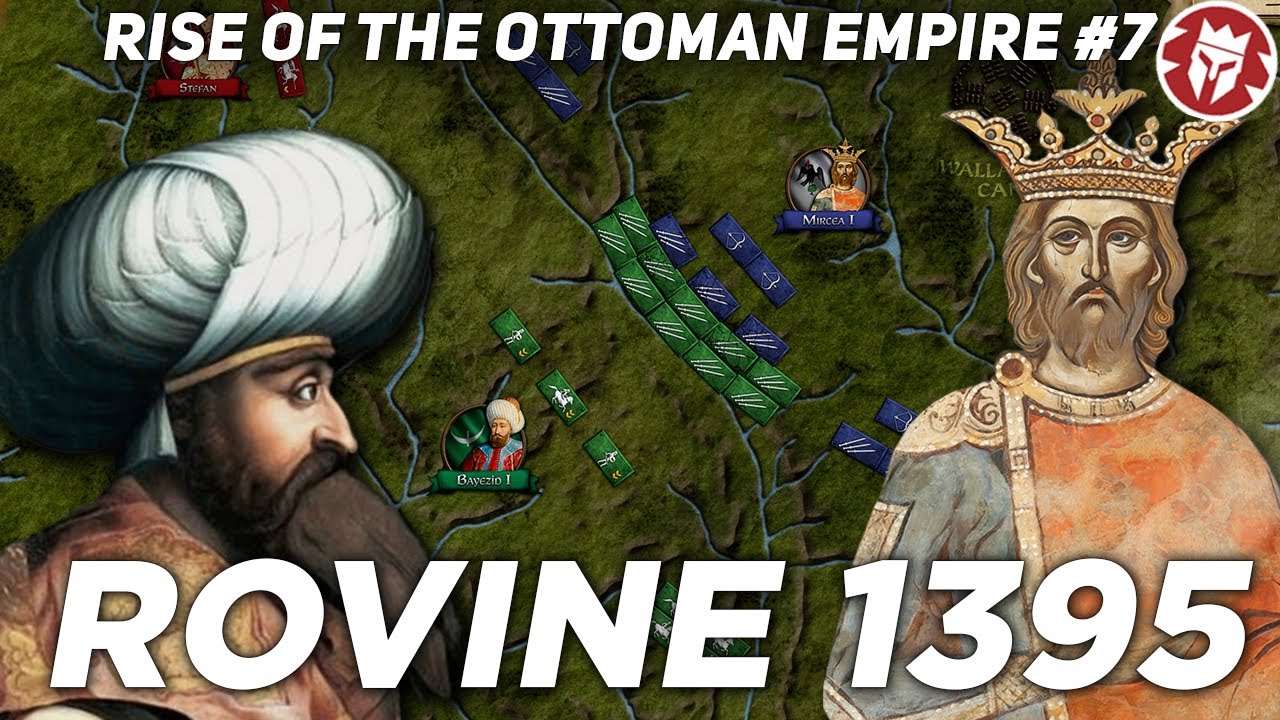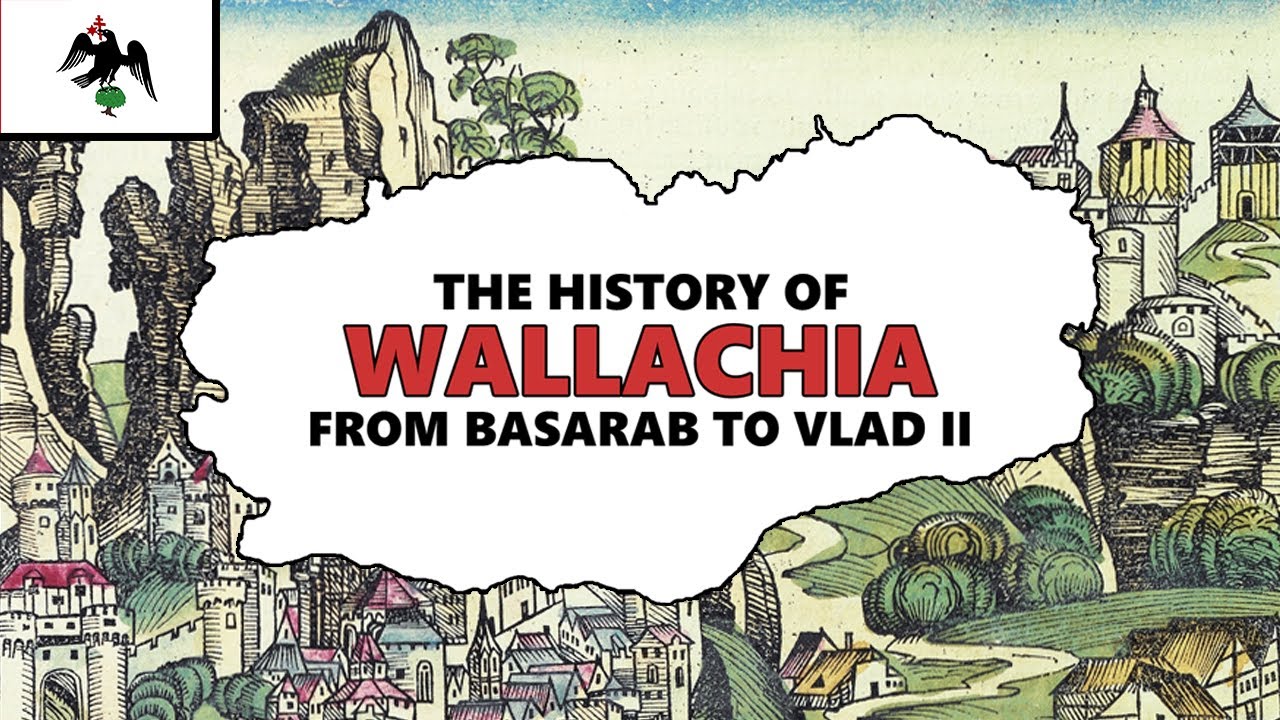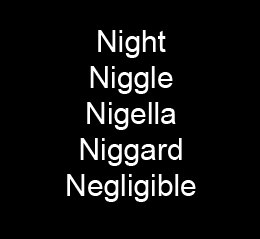This topic inspired me to make this one:
Basically, hopefully in the future will be a slavic-themed DLC with:
- Croats
- Serbs
- Romanians/Vlachs/Wallachians (whatever you want to call them)
- Slavs reworked as Ruthenians.
“But Romanians aren’t Slavic”, well, kind of.
Credit: Nebular905647
Funny how Eastern Europe is so unrepresented that there was a whole discussion about what the Romanians are. Basically: Of course, genetically everyone is pretty much a mix of anything. But culturally, the Romans & Slavs. It’s right at the beginning of Britannica “The first stage, the Romanization of the Geto-Dacians, had now been followed by the second, the assimilation of the Slavs by the Daco-Romans”. So the Dacians were romanized by the Romans, then in a 2nd wave the slavs came and the slavs were assiminated by the Daco-Romans, now you have the Romanians, a mix of Dacians, Romans and Slavs.
But we already have too many European civs! Western European.
The game is full of Western European civs, but how many Eastern European civs we have? Poles, Slavs, Bulgarians, Lithuanians, Maygars, Byzantines. 6.
Which is natural because in history Eastern Europe doesn’t get as much spotlight as Western Europe, but exactly because of this it’s dishonest to merge Western Europe & Eastern Europe into “Europe” when their cultures at the time were different and are represented by 13 civs.
For example, the Boyar, although a unique unit of the Slavs in Age of Empires 2:
A boyar or bolyar was a member of the highest rank of the feudal nobility in many Eastern European states, including Bulgaria, Kievan Rus’ (and later Russia), Moldavia and Wallachia (and later Romania), Lithuania and among Baltic Germans. Boyars were second only to the ruling princes, grand princes or tsars from the 10th to the 17th centuries.
It would be great if they would make the Boyar a Paladin replacement for Ruthenians, Lithuanians, Romanians and Bulgarians. Ruthenian unique unit could be a cossack or something else.
Eastern Europe doesn’t get as much spotlight as Western Europe, for example, most people in Western Europe only know about Dracula’s failed rebellion against the Ottomans and that’s it (and that’s only because of a Novel, if it wasn’t for the fan-fiction, nobody would know about the real thing). In Poland about the Deluge (maybe), the Winged Hussars, the Partition of Poland and that’s it. Serbia & Croatia, I wonder how many even know that Serbia had an empire at one point.
What about Basarab & Bogdan’s succesful rebellion against the Hungarians that led to the creation of Wallachia & Moldavia as independent sates? Or Mircea the Elder’s defeat of the Ottomans at Rovine that kept Wallachia independent until after his death. Or Stephen the Great who fought (not at the same time) against the: Polish, Hungarian, Wallachians, Ottomans, Tattars and won 46 out of 48 battles in his lifetime. Or Michael the Brave who shortly united Wallachia, Transylvania and Moldavia for 3 months before being assassinated, thus serving as an inspiration for Romanian nationalism in the 19th century that eventually led to the actual long-lasting unification of Wallachia, Translyvania and Moldavia into Romania.
Western Europe has so much ore spotlight than Eastern Europe to the point where Robin Hood is more popular than Hajduks. Even though Robin Hood was fictional but the Hajduks were real.
There is even potential for a co-op campaign with different civs there: Serbian Hajduks led by Baba Novac helped Romanian Prince Michael the Brave unite the 3 principalities.
As a teenager, Baba Novac was taken captive by the Ottomans, who beat him so badly he lost all his teeths. Hence the name “baba” or “old”. After this, Baba Novac formed his own Hajduks force of about 2.000 people and joined Michael the Brave. They joined together in Banat and Baba Novac was made a captain of Michael the Brave’s forces. They fought together at: Tagoviste, Bucharest, Giurgiu, Sibiu and lands in southern Banat. Unfortunately, he was double-crossed by a former “ally” and was given to the Hungarians in Cluj who boiled him alive. Michael the Brave only found out later, gave him a proper burial and raised a flag at the site of his death. Michael the Brave himself was later betrayed by the same man and assassinated. You could make a campaign out of this.
Anyway, the Romanian civ.
This isn’t as much about the civ design (there’s plenty of Romanian civ designs out there) but the cultural & gameplay aspects behind it. Think of this topic as a source of inspiration rather than outright telling what to do.
Coat of Arms:
I see 4 viable options here:
-
House Draculesti (Vlad the Impaler’s noble house):
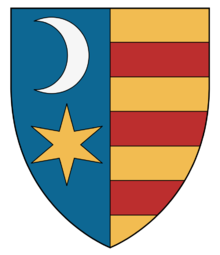
-
Wallachia’s Coat of Arms
Later used:
-
Moldavia’s Coat of Arms
-
House Patrascu (Michael the Brave’s noble house, he’s significant because he is the first to unite: Wallachia, Transylvania and Moldavia so could be a representation for all 3 as an umbrella) :
My favourite is the 2nd coat of arms of Wallachia’s because of the blue color with the black eagle, and the black eagle with the day and the night has a really nice symbolism.
AI rulers:
- Stephen III the Great (1435 - 1504) - Prince of Moldavia that won renown in Europe for his long resistance to the Ottoman Turks.
- Michael II the Brave (1558 - 1601) - Prince of Wallachia, he achieved the first union of Wallachia, Transylvania and Moldavia (the three principalities largely inhabited by Vlachs).
- Vlad III the Impaler (1431 - 1476) - Prince of Wallachia, that the campaign Dracula is about.
- Constantin Brancoveanu (1654 – 1714) - Prince of Wallachia.
- Basarab I the Founder (Before 1310 - 1352) - Founder of Wallachia.
- Bogdan I the Founder (Before 1307 - 1367) - Founder of Moldavia.
- Mircea the Elder (1355 - 1418) - Prince of Wallachia.
- Dimitrie Cantemir (1673 – 1723) - Prince of Moldavia.
- Vlad II the Dragon (Before 1395 - 1447) - Prince of Wallachia, father of Vlad the Impaler and son of Mircea the Elder.
- Radu the Fair (1437 - 1475) - Prince of Wallachia, younger brother of Vlad the Impaler.
- Matei Basarab (1588 - 1654) - Prince of Wallachia.
- Alexandru Lapusneanu (1499 - 1568) - Prince of Moldavia.
Architecture - Considering that Romania is Eastern European like the Magyars and Slavs most buildings and units will look the same.
Speciality - Decent tech tree, not many (if at all) economic bonuses, but military bonuses.
- Wallachia & Moldavia weren’t an economic powerhouse, they weren’t rich by any standard, thus the economic downside.
- But they had a versatille army with all kinds of troops of both West & East inpiration, thus the decently open tech tree.
- Romanians were used to being outnumbered in most of their battles and usually used hit & run and encirclement tactics. In Moldavia, every peasant was military trained. The hit & run tactics included shooting arrows and attacking weaker parts of the enemy army, only to retreat, then you do it again until you weaken or confuse them enough to fight an open battle. Due to inferior numbers, they were forced to have quality over quanity & trained peasants. (knights for example had their armor ordered from Venice). So low numbers, trained peasants, highly trained elites with good equipment, versatille army, hit & run tactics, thus the military bonuses.
I think Romanians should get a bonus on Paladin/Boyar and Halberdier based on their fighting style.
Language - You can use modern Romanian, unlike English that changed so much that Old English is a completly different language, Old Romanian and Modern Romanian are mutually intelligible.
History (for the history page) - The origins of the Romanians are a mystery, the majority of contemporary scholars such as Kekaumenos, John Kinnamos, Simon of Kéza, Poggio Bracciolini, Aeneas Sylvius Piccolomini, Nicolaus Olahus wrote that the Romanians’ ancestors had been Roman colonists settled in Dacia by Trajan as they speak a latin-based language, their name “Vlachs” comes from the old Germanic “stranger” which was used to describe the Romans and in their tongue they still call themselves “Romani” meaning “citizens of the Roman Empire”.
The first independent Romanian state appeared in 1330 when Basarab I of Wallachia revolted against the Kingdom of Hungary and defeated the Hungarian armies at the Battle of Posada. After two decades, Bogdan I of Moldavia would also lead a succesful revolt against the Kingdom of Hungary leading to the creation of Moldavia as an independent state. For most of their history, the Wallachians & Moldavians were sandwiched between the much stronger Hungarians, the Polish and the Ottomans and would often side with one or another to preserve their independence.
It is in this context that Vlad the Impaler appeared, who has a campaign in the game. The Wallachians were known of using hit and run tactics to harass and drain the armies of their much stronger opponents, until they had a chance at face to face combat, using the enviroment in their advantage, especially the swamps that could easily be used to lock an army into place and encircle it, taking advantage of their knowledge of the local area, and scorched land tactics, where the Wallachians would burn the fields and poison the water in front of all invading armies, in a further attempt to drain their resources and manpower.
In short, the Wallachians’ war strategy were rarely about charging your opponent heads on, as most of often than not, they would stand no chance, and more about picking your battles and using the land to your advantage. Vlad the Impaler’s famous night attack, when he charged into the Ottoman camps at midnight with his whole army, almost killing the sultan, was merely another piece of a long Wallachian tradition of fighting this way. Mircea the Elder previously defeated Sultan ####### # ## the battle of Rovine with 12.000 troops against 40.000 with similar tactics. And before that, Basarab I the Founder earned Wallachia’s independence through an ambush at the Carpathian passes with 10.000 troops made out mostly of conscripted peasants against the Hungarian 30.000 troops army made out mostly of professional mercenaries.
Possible Unique Unit:
As I said previously, the Wallachian army was versatile and the peasants were trained. In fact, in Moldavia, the peasants were forced by law to go and train once a year and always carry a weapon with them or else they would be put to death (basically, it was medieval America, jk). Thus there are plenty of options:
Viteji (melee & range heavy cav) → Literally “Brave Men”. Viteji form a versatile corps of cavalry in the armies of the Romanian principalities. Their name means “brave ones” and they form part of a social strata that has gained lands and property through bravery in warfare. The viteji are therefore, as expected, among the most resolute and brave warriors a ruler could ask for. Like many elements of Romanian cavalry, the Viteji show influences both from the East and West, and their style of warfare imitates that of Cuman or Tatar armored horse archers, or that of Ottoman spahis. By their nature they are very versatile cavalry. In battle, the voievod would use these troops to counter the enemy’s cavalry flanks, either by engaging light cavalry in melee or harassing and exhausting heavy cavalry in range, then providing the decisive charge into the enemy’s flanks.
Calarasi (melee & range light cav) → Literally “riders”. Călăraşi form a part of the “oastea cea mica” (small host) and are part of the “slujitorii” (servants of the lord). Their name implies they fight on horseback. These soldiers were given land in exchange for military service, and retained their land so long as they remained as a readily-available force for the voievod, and exclusively in the service of the voievod. They are lightly armored, comparable to their curteni, and wield a composite bow. They were a very successful military instrument, remaining a significant part of the Wallachian army up until 1600, and form a potent counter to other horse archers.
Curteni (lance & shield light cav) → Literally “men of the court”, these are the retainers of the boieri, whom he takes into battle on horseback. Historically, they acted as a small mounted detachment under the direct command of a boier. They are not as competent as the viteji, nor as fast as the calarasi, but given the tradition of light cavalry in Wallachian armies, they are form a versatile screen for the calarasi. Their armor is very light, though this aids in their speed. They wield a spear or a lance in battle, omitting the benefit of a ranged weapon in favor of a large shield. They can perform devastating charges repeatedly due to their light equipment, but should not be expected to hold off a well-armed opponent.
Nemesi (lance & shield heavy cav) → The equivalent of the Wallachian Viteji but armed with spears instead of swords. This will be the strongest cavalry unit before the Boyars and the Princely Bodyguard.
Princely Bodyguard (heavy cavalry) → The Voievod of Wallachia keeps at his side a bodyguard of warriors paid from his own coffers, either consisting of native troops or mercenaries. Only the most loyal boiers, often those serving on the princely court, were entrusted with protecting the voievod. These men are equipped with the finest arms and armor money can buy, often with platemail bought from Venice or other Italian cities. It was even said in a chronicle that the Wallachian voievod Vlaicu bought 10,000 suits of Venetian plate armor in anticipation of warfare against the Hungarians. These form the elite of Wallachian heavy cavalry.
Wallachian Boyars → The boieri form the elite of Wallachian society and Wallachia’s heavy cavalry. They are the Wallachian nobles, who own vast swathes of land and rule over dependent peasants. Dressed in heavy armor, atop powerful mounts, and fighting in a style reminiscent of Western knights, they are a powerful force on the battlefield. The boieri however, are very accustomed to the game of political intrigue, and it is a telling fact that most of the Wallachian princes died of Wallachian swords and assassination than of old age, or on the field of battle. It is more telling that 20 princes were quickly cycled onto the Wallachian throne from 1418 to 1456, averaging to short and ineffective two-year reigns. The state of chaos caused by the boieri during this time was so great that when Vlad III the Impaler came to power he immediately had many of then killed (some of whom had actually assassinated his father and his older brother Mircea), deposed others from the princely council (replacing them with obscure or foreign nobles) and tried to promote the land-owning Mosneni as a counter-weight against them. Even so, the Boiars would rebound after Vlad III’s death, becoming a powerful force. If a voievod can keep them satisfied and loyal, the boieri will form a decisive force on the battlefield and a much-needed unit of heavy, melee-based cavalry.
Portar (armored pikemen) → Literally “gatekeeper”, the Portars are heavily armored pikemen. The Romanian principalities relied mainly on hit and run tactics with light cavalry and archer units so the Portar were a valueable defensive unit.
In my opinion: Wallachia could have a unique upgrade to the Halberdier as Portar, (the Boyar instead of Paladin for Ruthenians, Lithuanians, Romanians and Bulgarians) and Castle UU Viteji. Viteji could be weaker than a knight in Castle Age & weaker than a Cavalier in Imperial Age (yet stronger than Light Cavalry) but instead they could be ranged. So your would use them as melee vs weaker than them units or range vs stronger than them units.
Some Youtube videos:
